 Your new post is loading...
 Your new post is loading...

|
Scooped by
Gust MEES
|
Am Vortag von Heiligabend 1947 wurde in den Bell Labs von John Bardeen, Walter Brattain und William Shockley der erste Transistor überhaupt zum Laufen gebracht. Dies war der Startschuss zu einer technischen Revolution ohnegleichen.
Der Transistor ist heute nichts mehr Besonderes. Auf einem einzigen der höchstintegrierten Chips tummeln sich davon mehr als Menschen auf der Erde. Tendenz: weiter steigend. Geforscht wird gerade an Halbleitern der nächsten Generation, die mit nur 7 nm Strukturbreite wohl das Ende des Moorschen Gesetzes einläuten könnten. Bis hierhin war es ein langer, aber von stetiger Innovation getriebener Weg. Heute tragen wir mit einem Smartphone zig Milliarden Transistoren wie selbstverständlich mit uns herum. Es gibt kaum ein Gerät des modernen Lebens, was nicht irgendwie mit Halbleitern bestückt ist. Genug Anlass für Elektroniker, an Weihnachten einmal den drei Gründern dieser sensationellen Erfolgsgeschichte zu gedenken! Learn more / En savoir plus / Mehr erfahren: https://www.scoop.it/t/21st-century-innovative-technologies-and-developments/?&tag=Electronics

|
Scooped by
Gust MEES
|

|
Scooped by
Gust MEES
|
Researchers at MIT and Brigham and Women’s Hospital have designed a small voltaic cell that are sustained by the acidic fluids in the stomach and generate enough power to run sensors or drug delivery devices that can reside in the gastrointestinal tract for extended periods. This type of power could offer a safer and longer-lasting alternative to the traditional batteries now used to power such devices. Learn more / En savoir plus / Mehr erfahren: http://www.scoop.it/t/21st-century-innovative-technologies-and-developments/?tag=Research

|
Scooped by
Gust MEES
|
Freie Elektronen mit Licht statt Glühwendeln: Eine robustere und möglicherweise schnellere Alternative zum Transistor trickst sogar Einstein aus.

|
Scooped by
Gust MEES
|
Après l'électronique, nous prédit-on, viendra la spintronique, exploitant le spin des électrons. Mais on pourra peut-être faire mieux, d'après une équipe française lancée dans la valléetronique......

|
Scooped by
Gust MEES
|

|
Scooped by
Gust MEES
|
The scientists reviewed the latest developments in research on photoactive organic field-effect transistors; devices that incorporate organic semi-conductors, amplify weak electronic signals, and either emit or receive light.Organic field-effect transistors (OFETs) were developed to produce low-cost, large-area electronics, such as printable and/or flexible electronic devices.
Learn more:
- http://www.scoop.it/t/21st-century-innovative-technologies-and-developments/?tag=Nano

|
Scooped by
Gust MEES
|
Tiny transistors for extreme environs

|
Scooped by
Gust MEES
|
Researchers at UCSD at developing technology that will create a tattoo that monitors your sweat to provide an assessment of metabolic health. A team at the University of California-San Diego are looking into sensors applied to the skin, much like a temporary tattoo. In the journal Analytical Chemistry, researchers explain these thin strips of adhesive can monitor an athlete’s chemical balance to gauge their physical activity.

|
Scooped by
Gust MEES
|
(Phys.org)—Writing in PNAS, University of Manchester graphene researchers found that sandwiching a layer of the wonder material between boron nitride could produce highly-accurate capacitors.
|

|
Scooped by
Gust MEES
|
Force, leveraging the expertise and insights of academia has led to advances in materials development and processing destined to be a game changer for the future fight.
A collaboration between scientists at the Air Force Research Laboratory and Harvard University’s Wyss Institute for Biologically Inspired Engineering has resulted in a new method for digital design and printing of stretchable, flexible electronics. The process, called Hybrid 3-D printing, uses additive manufacturing to integrate soft, conductive inks with a material substrate to create stretchable, wearable electronic devices.
“This is the first time a 3-D printer has been shown, in a single process, to print stretchable sensors with integrated microelectronic components,” said Dr. Dan Berrigan, a research scientist at the AFRL Materials and Manufacturing Directorate. “Starting from nothing, the printer builds an entire stretchable circuit that blends the mechanical durability of printed components with the robust performance of off-the-shelf electronics.”
In this demonstration, a 3-D printer was used to print conductive traces of flexible, silver-infused thermoplastic polyurethane. A pick-and-place method was then used to set microcontroller chips and LED lights into the flexible substrate, augmented by an empty printer nozzle and vacuum system to create the hybrid system.
When tested, the additively manufactured, hybrid-electronic devices were able to maintain function even after being stretched by more than 30 percent from original size.
“This has a lot of potential for Air Force applications, particularly in the areas of rapid prototyping, wearable electronics, sensors and human performance monitoring,” said Berrigan. “Skin-worn electronics have the potential to provide feedback on movement, body temperature, fatigue, hydration and other metrics crucial to understanding Airmen performance. However, while skin is inherently soft and stretchable, electronics and sensors are not.” Learn more / En savoir plus / Mehr erfahren: https://www.scoop.it/t/21st-century-innovative-technologies-and-developments/?&tag=wearables https://www.scoop.it/t/21st-century-innovative-technologies-and-developments/?&tag=Electronics

|
Scooped by
Gust MEES
|
At the Waseda University in Japan, researchers have come up with a new, cheaper way of producing electronic devices that are flexible, elastic, and adhere to the skin. This development may help body monitoring electronic skin patches that interface with smartphone apps to become commonly used in medicine and by consumers.
The technology relies on elastomeric films only 1 μm thick that can safely contain electronic components sandwiched between them. An inkjet printer is used to put down lines of silver for wiring the components together. Importantly, there’s no soldering or gluing involved, which allows for a thinner final product that is highly flexible without fear of damage to the electrical connections. Learn more / En savoir plus / Mehr erfahren: http://www.scoop.it/t/21st-century-innovative-technologies-and-developments/?tag=wearables

|
Scooped by
Gust MEES
|

|
Scooped by
Gust MEES
|
Fabricating a circuit board isn’t tough but it takes a while. The back and forth, the bugs, and all of the shipping costs can turn a small project into a big problem. That’s why Botfactory raised $1.3 million to stick a PCB printer on your desk.
Founded by NYU grad students Nicolas Vansnick and Carlos Ospina along with NYU professor Michael Knox, BotFactory came about when Vansnick and Ospina needed to make a PCB for a class project. Nearly every student in the class failed because they couldn’t get circuit boards made in time and each iteration took weeks to complete.
“This lesson was tremendous – if this was a problem that was typical for any project, then the solution would revolutionize how electronics could be prototyped and fabricated,” said Vansnick. “Up until then, everybody had been trying to miniaturize electronics and chips, but not the processes that are employed to create PCBs.” Learn more / En savoir plus / Mehr erfahren: http://www.scoop.it/t/21st-century-innovative-technologies-and-developments/?tag=PCB

|
Scooped by
Gust MEES
|

|
Scooped by
Gust MEES
|
From electrons to ions
Simply put, the memristor could mean the end of electronics as we know it and the beginning of a new era called "ionics".
The transistor, developed in 1947, is the main component of computer chips. It functions using a flow of electrons, whereas the memristor couples the electrons with ions, or electrically charged atoms.
In a transistor, once the flow of electrons is interrupted by, say, cutting the power, all information is lost. But a memristor can remember the amount of charge that was flowing through it, and much like a memory stick it will retain the data even when the power is turned off.
This can pave the way for computers that will instantly turn on and off like a light bulb and never lose data: the RAM, or memory, will no longer be erased when the machine is turned off, without the need to save anything to hard drives as with current technology.
But memristors have another fundamental difference compared with transistors: they can escape the boundaries of binary code.

|
Scooped by
Gust MEES
|
A University of Arizona-led team of physicists has discovered how to change the crystal structure of graphene, more commonly known as pencil lead, with an electric field, an important step toward the possible use of graphene in microprocessors that would be smaller and faster than current, silicon-based ...
Unlike silicon transistors used now, graphene-based transistors could be extremely thin, making the device much smaller, and since electrons move through graphene much faster than through silicon, the devices would enable faster computing. In addition, silicon-based transistors are being manufactured to function as one of two types – p-type or n-type – whereas graphene could operate as both. This would make them cheaper to produce and more versatile in their applications.

|
Scooped by
Gust MEES
|
Einfache elektronische Schaltungen aus dem Tintenstrahldrucker - das will ein neues Kickstarter-Projekt erreichen. Die Idee der leitfähigen Tinte ist zwar nicht neu, der Ansatz als Bildungsgerät

|
Scooped by
Gust MEES
|
(Phys.org) —Tiny nanoribbons of carbon could be used to make a magnetic field sensor for novel electronic devices.

|
Scooped by
Gust MEES
|
Une équipe de scientifiques, dirigés par Guillaume (Guillaume est un prénom masculin d'origine germanique. Le nom vient de Wille, volonté et Helm, heaume, casque, protection.)...
|



 Your new post is loading...
Your new post is loading...

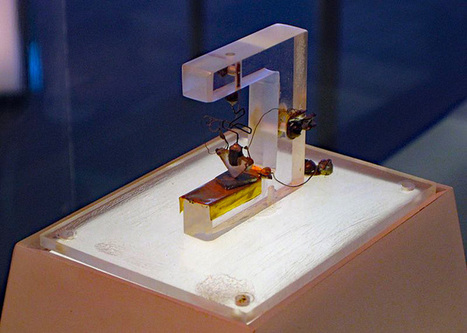



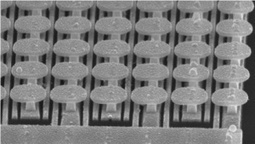
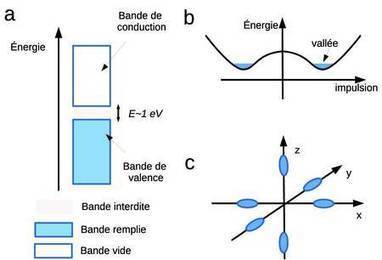
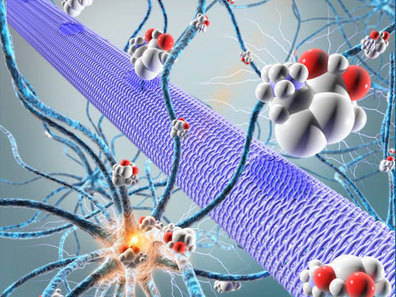


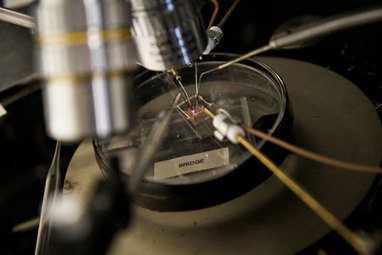
![A Tattoo That Monitors Your Sweat [VIDEO] | 21st Century Innovative Technologies and Developments as also discoveries, curiosity ( insolite)... | Scoop.it](https://img.scoop.it/JCFMlBso0eEOvXUKCKZ6zjl72eJkfbmt4t8yenImKBVvK0kTmF0xjctABnaLJIm9)

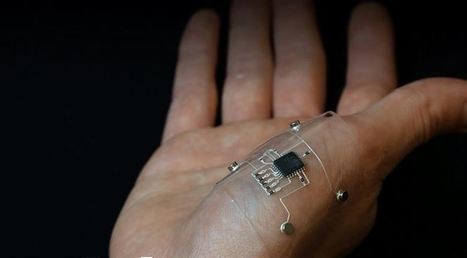
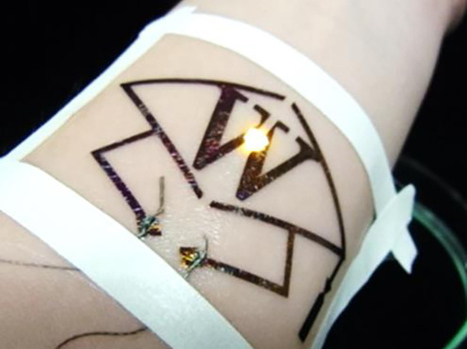


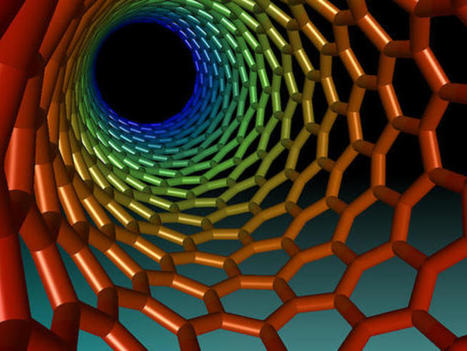
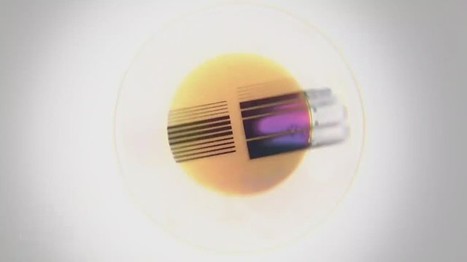
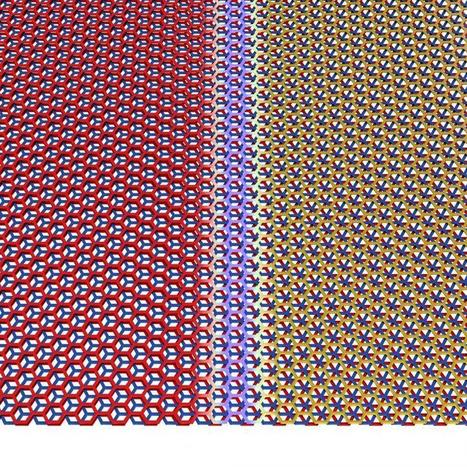
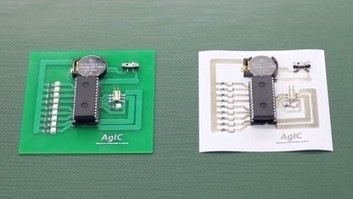
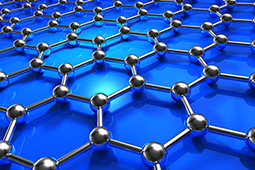
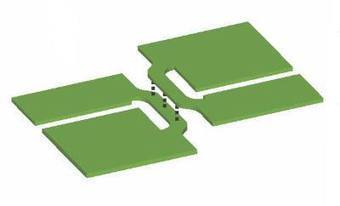





Heute tragen wir mit einem Smartphone zig Milliarden Transistoren wie selbstverständlich mit uns herum. Es gibt kaum ein Gerät des modernen Lebens, was nicht irgendwie mit Halbleitern bestückt ist. Genug Anlass für Elektroniker, an Weihnachten einmal den drei Gründern dieser sensationellen Erfolgsgeschichte zu gedenken!
Learn more / En savoir plus / Mehr erfahren:
https://www.scoop.it/t/21st-century-innovative-technologies-and-developments/?&tag=Electronics